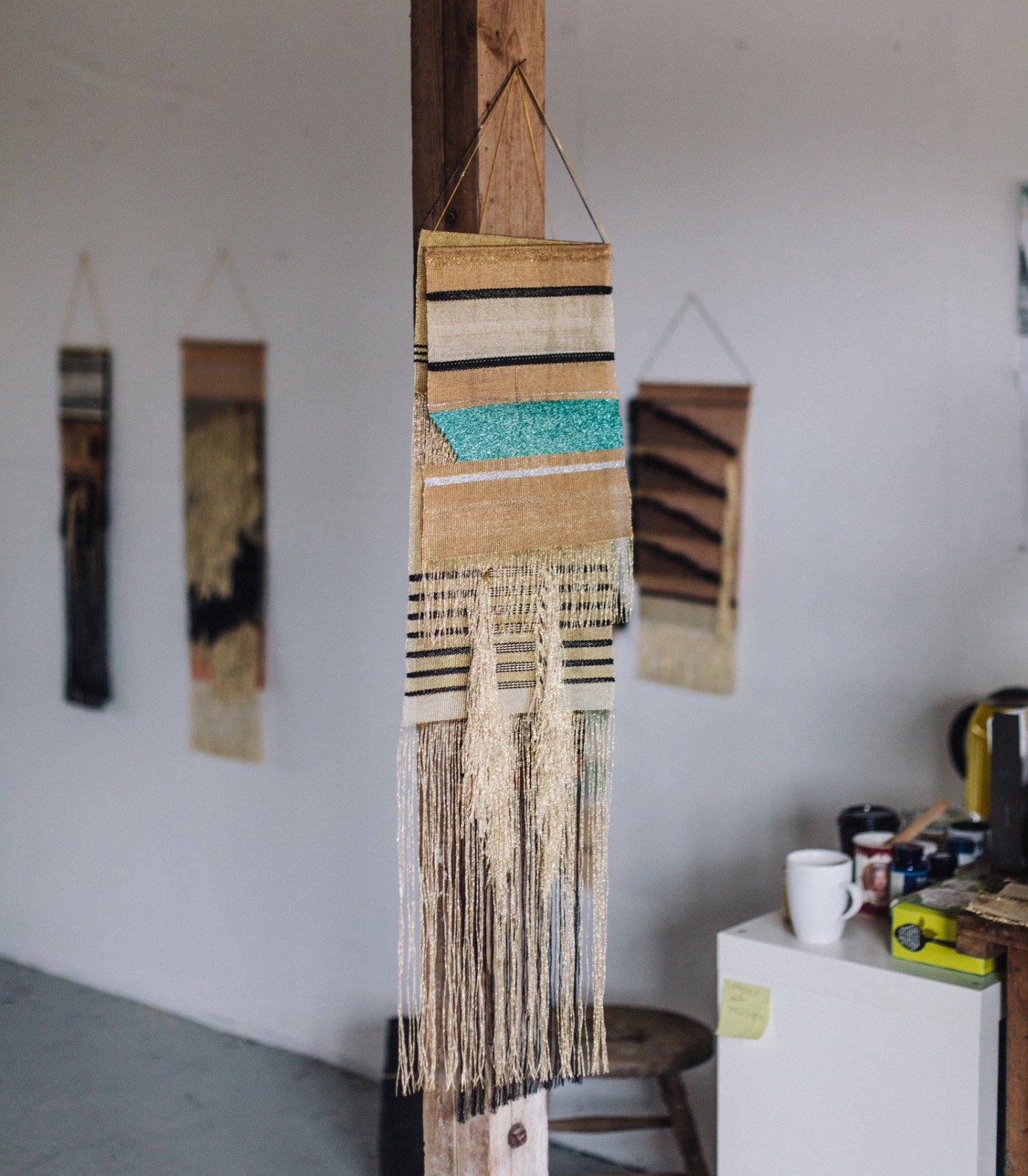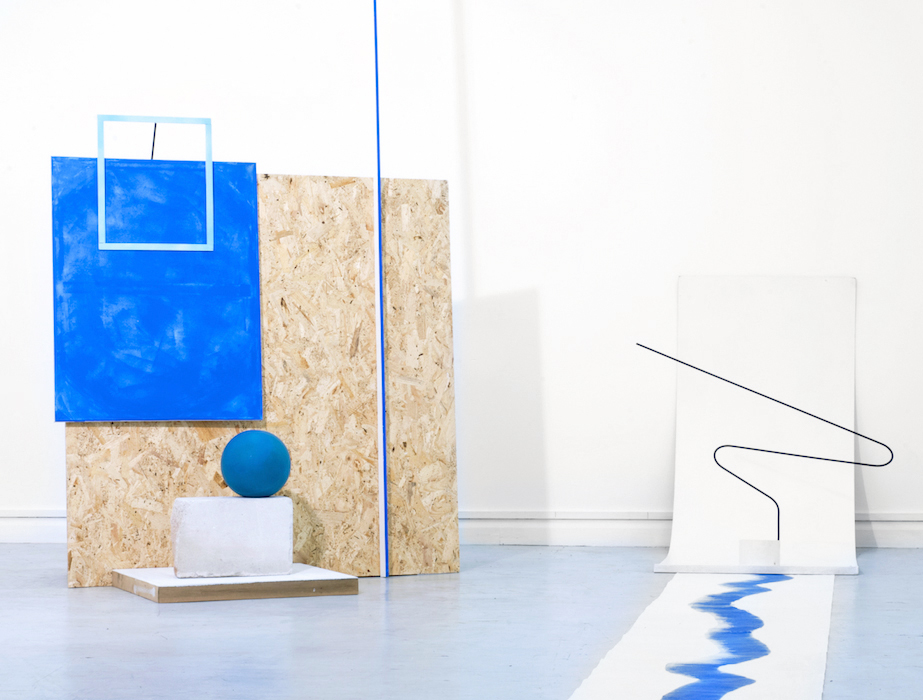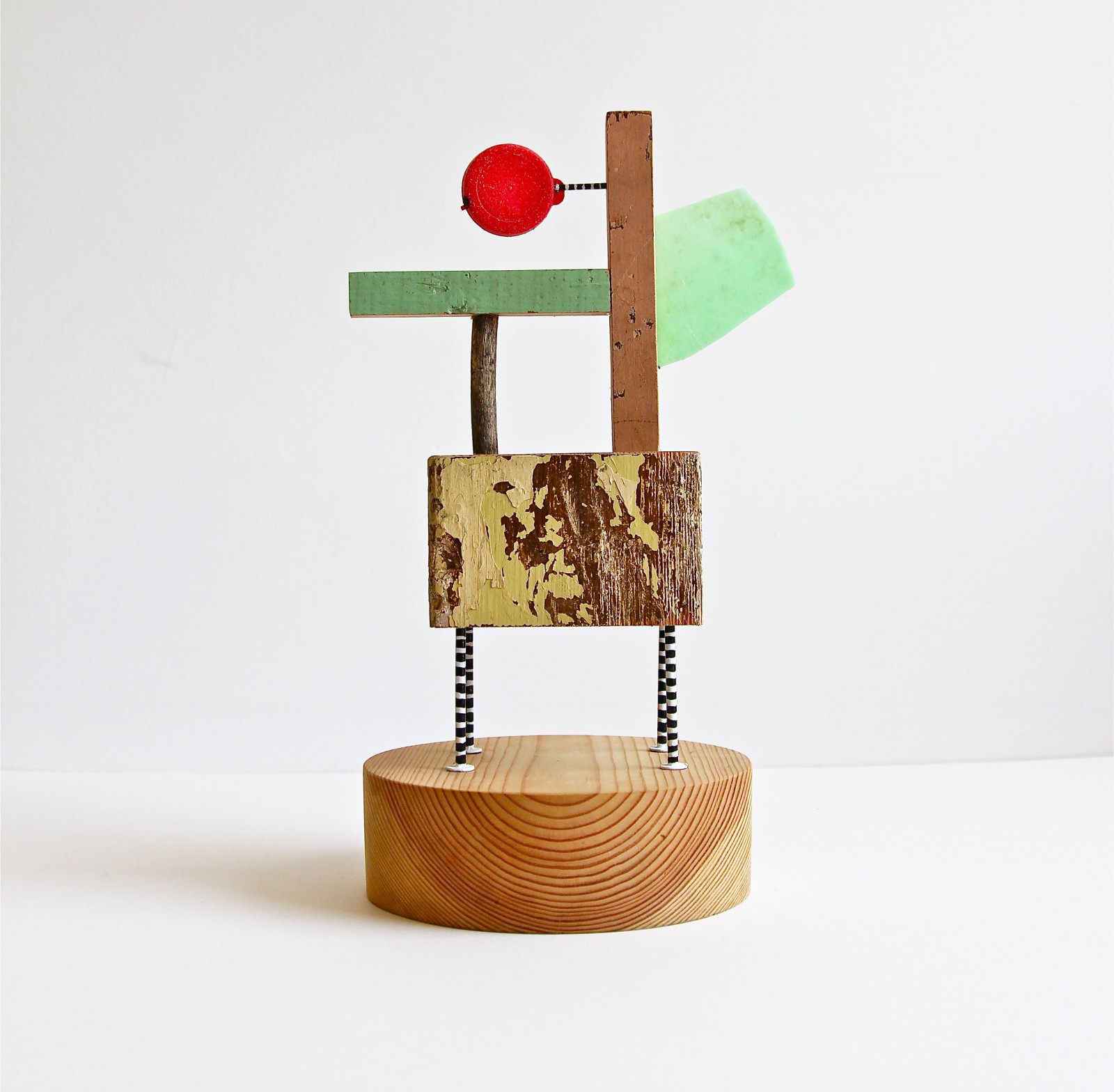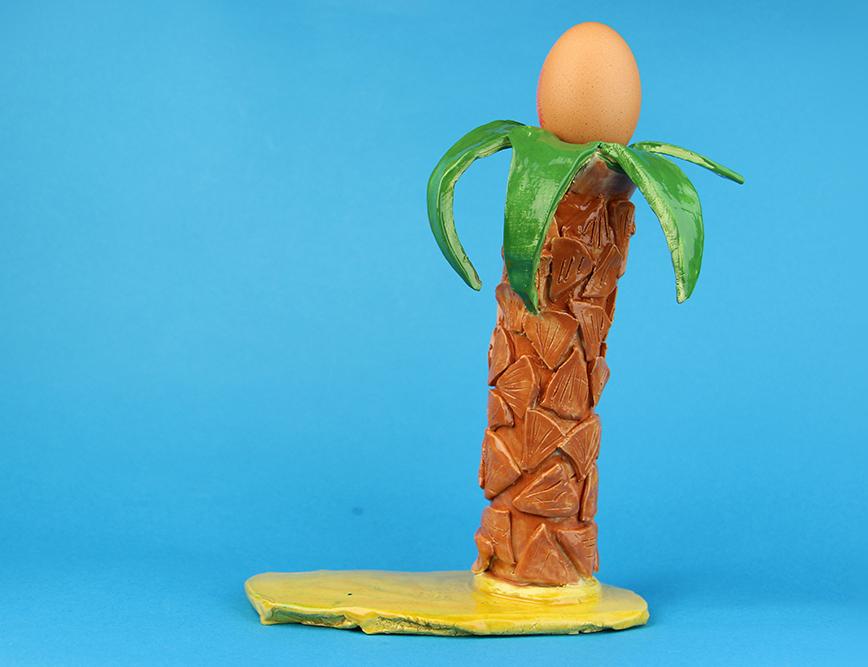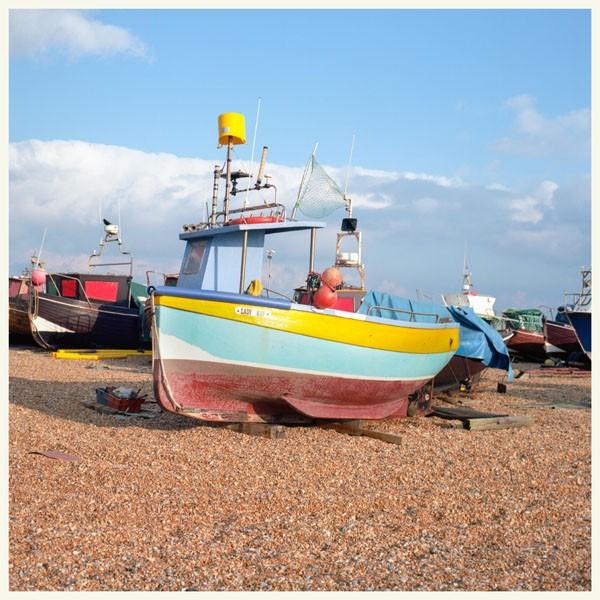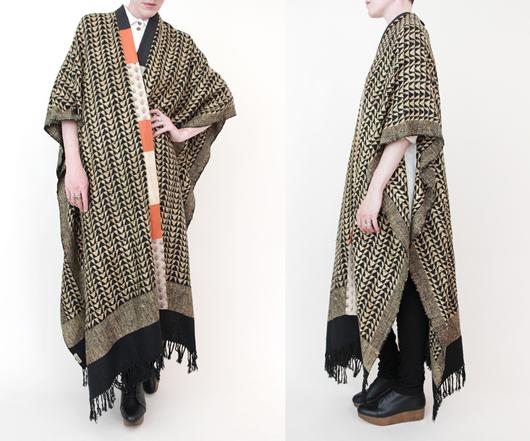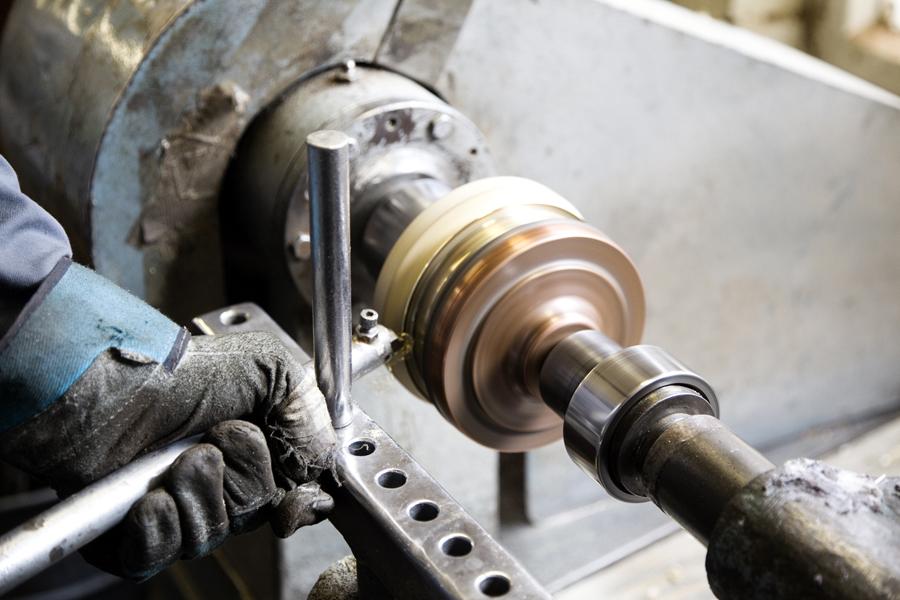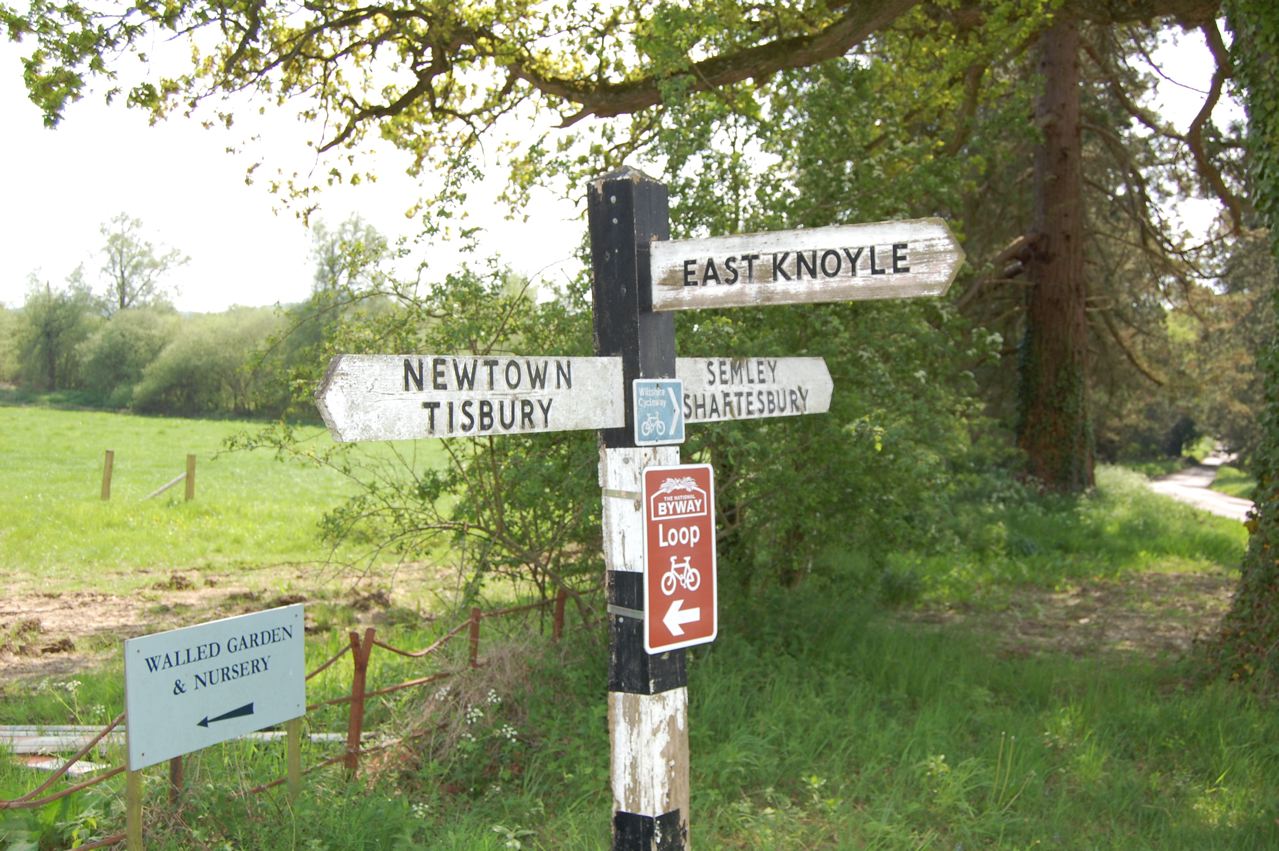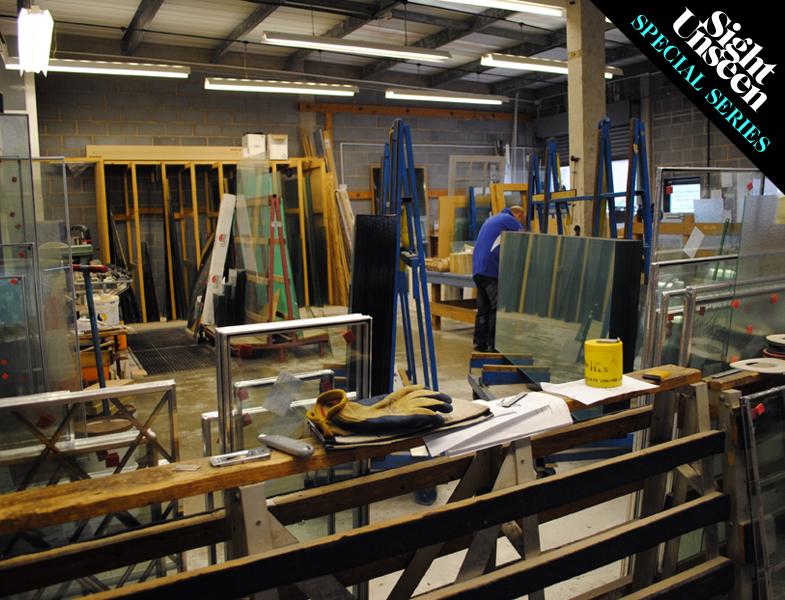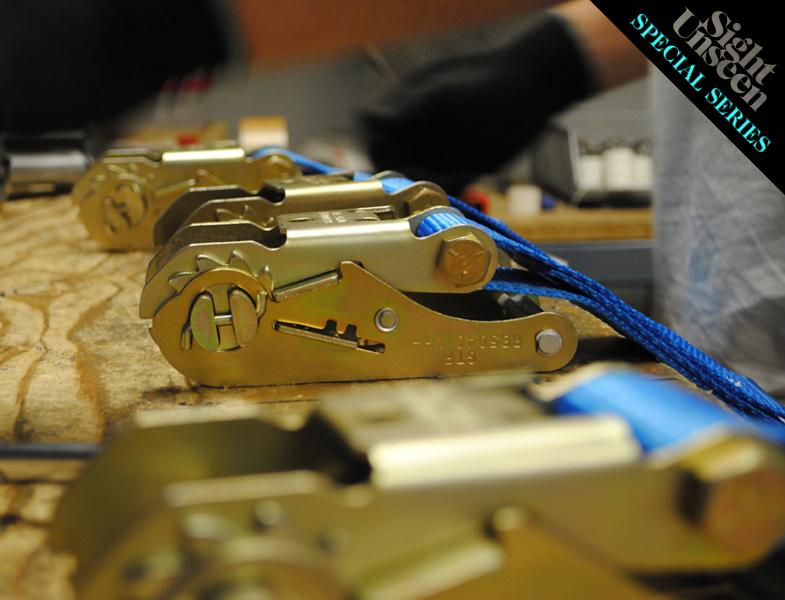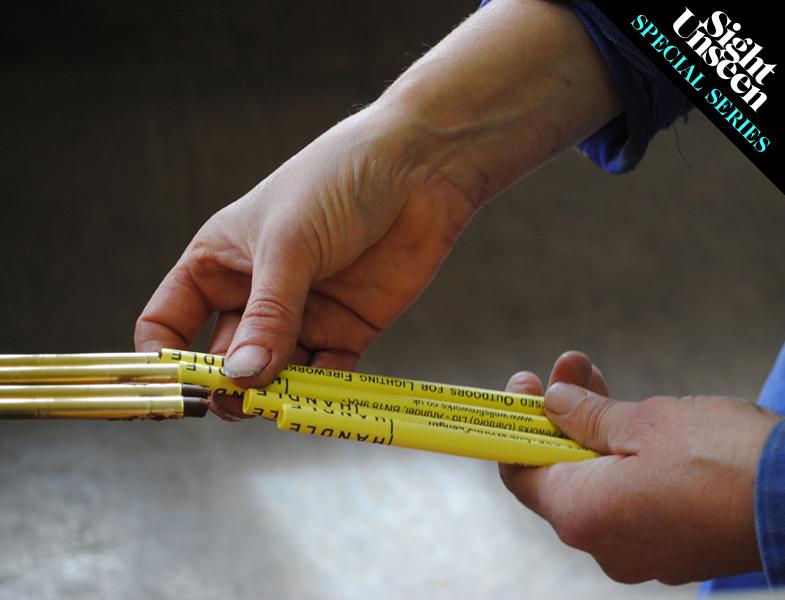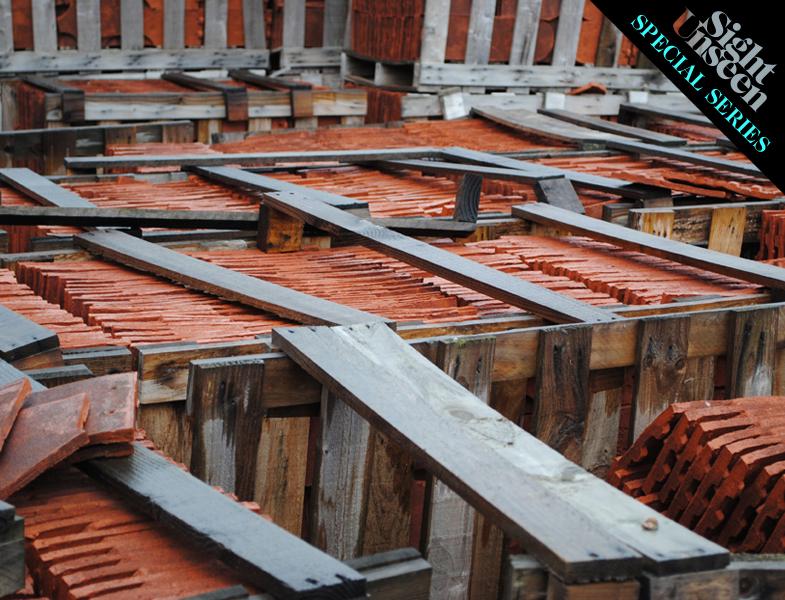When Paul de Zwart founded Another Country a little over a year ago, the name wasn’t meant to be quite so literal: A small furniture company that focuses on affordably priced, well designed, but not overly trendy wood pieces, Another Country initially wore its Made in the UK status like a badge of honor, crafting small runs by hand using FSC-certified timber from a tiny workshop in the Dorset village of Semley, two hours east of London. De Zwart, who co-founded Wallpaper with Tyler Brûlé in the mid-‘90s, had originally devised the idea for Another Country after searching in vain for an affordable three-legged stool that might fit as well in the country home he was refurbishing as it would in his London flat. The proportions and rounded peg details of the stool De Zwart ended up designing in collaboration with Dominic Parish — a furniture-maker in Semley and now De Zwart’s business partner — eventually informed a 10-piece collection that debuted to fanfare and high praise during 2010’s London Design Festival. Fast-forward to now, and the brand is thriving, having just released a second, more angular furniture series and recently expanded into small goods like pottery, candlesticks, clocks, and desktop accessories. But ask De Zwart where the hub of Another Country’s production now sits, and the answer might surprise you.
